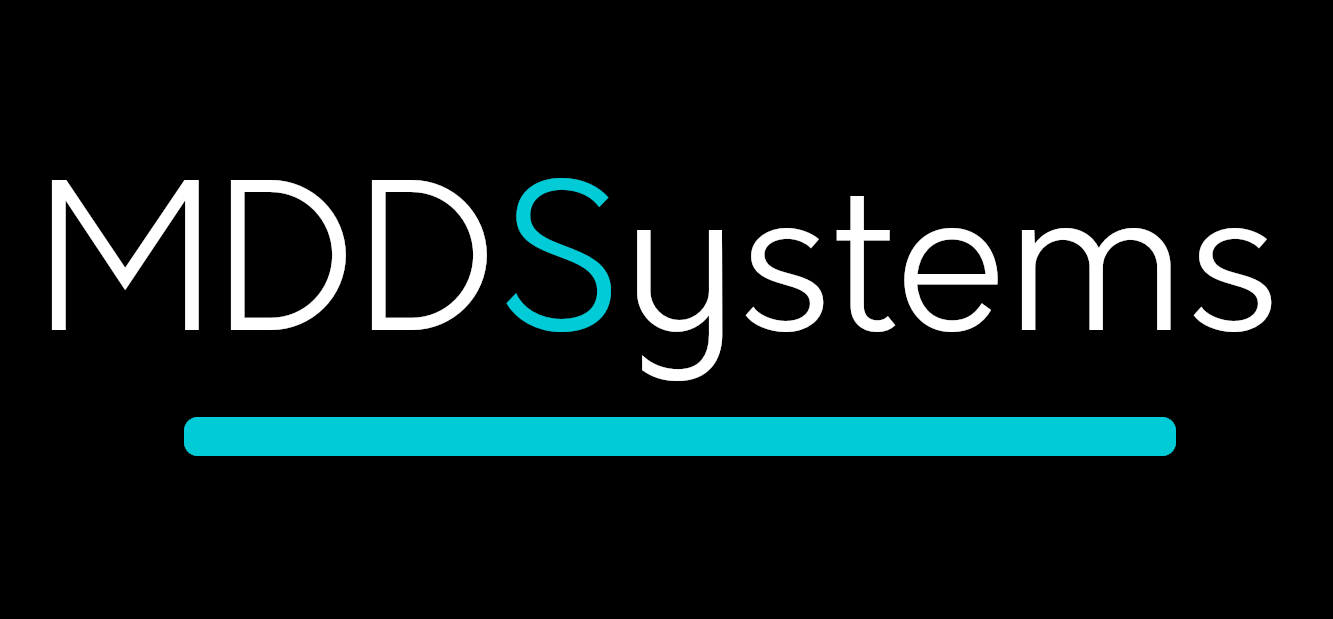Workshop Aim: the aim of this workshop is to identify issues that are occurring in the Lessons Learnt capture of projects. The workshop can also be used to train new Project Managers or to introduce a framework for managing projects.
Purpose of the task: To create a centralized, structured, and easily searchable repository that captures, categorizes, and shares project insights across the organization — turning project experience into reusable knowledge capital.
1. Objective
The Lessons Learned Library Setup ensures that every completed project contributes to the organization’s continuous improvement and future project success by providing:
- A standardized process for capturing and validating lessons.
- A searchable digital repository accessible to project managers and teams.
- A framework for analyzing recurring issues and systemic improvements.
2. Business Rationale
Most organizations do capture lessons learned — but few retain, share, or act on them effectively. Without structure, insights stay in presentation decks or forgotten folders.
A Lessons Learned Library:
- Reduces repeat mistakes and accelerates onboarding.
- Promotes organizational memory in multi-project environments.
- Supports PMO maturity and governance compliance.
- Enables data-driven portfolio improvement (via trend analysis).
3. Prerequisites
Before implementation:
- Defined lessons learned process (typically established in the Project Closure phase).
- Agreement on taxonomy and categories (e.g., Phase, Knowledge Area, Root Cause).
- Designated repository platform (SharePoint, Confluence, Teams, or PMIS).
- PMO or central governance function to own library maintenance.
- Initial backlog of lessons learned documents from past projects.
4. Implementation Phases
| Phase | Duration | Activities | Deliverables |
|---|---|---|---|
| 1. Design & Framework Definition | 1–2 weeks | Define taxonomy, metadata fields (project type, phase, cause, impact, recommendation), and access rules. | Lessons Learned Framework Document. |
| 2. Repository Configuration | 1–2 weeks | Set up library structure on chosen platform, configure folders, forms, and tagging system. | Lessons Learned Repository Prototype. |
| 3. Data Population & Validation | 2–3 weeks | Migrate historical lessons, cleanse duplicates, and validate entries. | Populated Lessons Learned Database. |
| 4. User Training & Rollout | 1 week | Train PMs and team leads on data entry, search, and update procedures. | Training Materials and User Guides. |
| 5. Review & Governance Integration | 1 week | Embed review cadence (quarterly PMO reviews, improvement loops). | Maintenance Plan and PMO Integration Checklist. |
Total Duration: ~6–8 weeks (scalable based on portfolio size)
5. Key Features of the Repository
- Structured Search: Filter by phase, domain, impact, or project type.
- Standardized Entry Forms: Consistent data entry and classification.
- Tagging & Version Control: To avoid duplicates and track updates.
- Visual Dashboards (optional): To identify recurring root causes or systemic issues.
- Access Controls: Role-based permissions (PMs, sponsors, PMO).
6. Deliverables
- Lessons Learned Framework (taxonomy + process guide)
- Digital Repository Setup (SharePoint/Confluence/PMIS)
- Initial Lessons Data Set (historical migration)
- User Guide & Training Deck
- Governance and Maintenance Plan (roles, frequency, KPIs)
7. Success Metrics
The effectiveness of the library can be measured by:
💡 PM satisfaction score for accessibility and usefulness of repository
📈 % of projects submitting lessons learned post-closure
🔁 % of new projects referencing past lessons during initiation/planning
🧩 Reduction in repeated issues (measured by root cause category trends)
